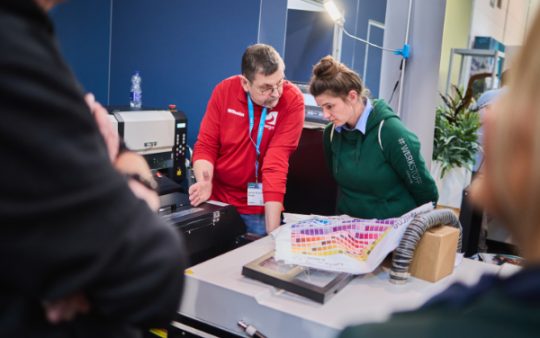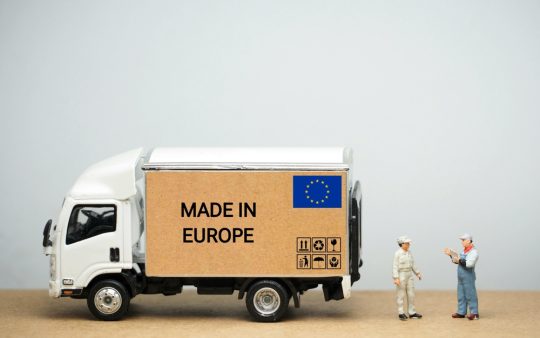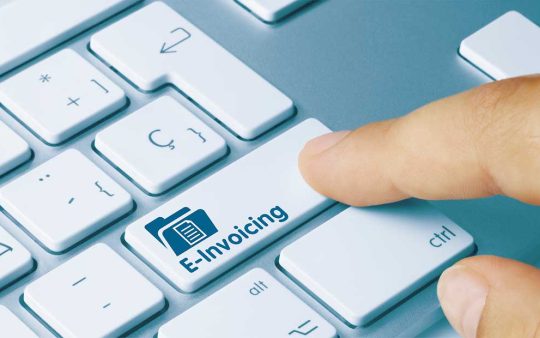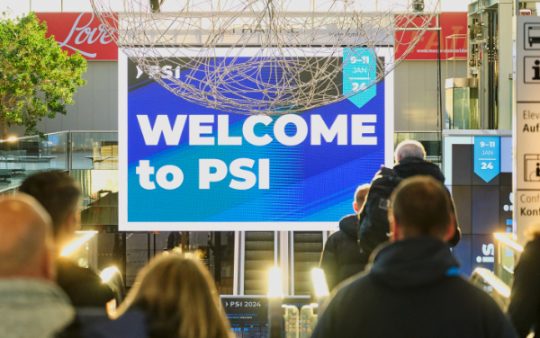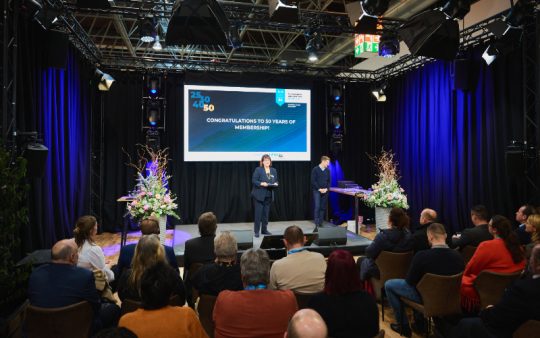Sustainable food packaging

Published on 13.05.2020
There is an ever increasing demand for sustainable packaging. Different materials and methods have already proven themselves in practice.
Once you have eaten the contents, all that is left over is the packaging. And that soon starts to mount up. On average, every German generated 226.5 kg of packaging waste in 2017 – a record amount. According to the German Environment Agency, the main causes of this huge quantity of waste are online trade and disposable tableware for take-away food. Although the recycling quota is almost 70% in Germany today, not all materials can be recycled to the same degree. While steel, paper, cardboard and glass are relatively easy to re-use, plastics are a totally different matter. Sorting and recycling plastic packaging is problematical due to the variety of different materials used for this purpose. Some packaging, for example, is made of composite materials, which makes ecological recycling more difficult.
Polypropylene films
Food often comes in plastic packaging. As a result, there is a lot more room for improving sustainability in this area. The company foodloose, for example, has set itself the goal of selling its customers a 100-percent ecological muesli bar. The promise does not just extend to the contents but also the packaging. The Hamburg manufacturer sells its healthy filling organic snack in packaging made of OPP or BOPP film. These are stretched polypropylene films that are easy to recycle because they are made of a mono-material, i.e. the packaging consists of a single layer made of a single material – the best premise for recycling. Foodloose has also reduced the thickness of its packaging film for its fruit gums by 20%, also contributing to sustainability.
Wood as a raw material
Wood is also considered to be especially sustainable. It is a material that can be used for many different purposes and is 100% recyclable. Wood fibre is used especially often for paper, card or corrugated cardboard. However, it is also possible to make sheeting out of wood fibre in the meantime. Superseven is just one of the companies specialized in producing such products for the B2B market. There are also many other ways of making sustainable films. A granulate made of plant starch can be used to replace mineral oil. Other environment-friendly materials are made of cellophane, hemp, rPET or grass fibre. The Indonesian company Evoware uses algae as a basis for its thin films. The odourless and neutral-tasting packaging dissolves in hot water, does not require the use of preservatives and is even edible.
Reusable rather than disposable
Not just the choice of material is important, the uses it is put to also matter. In the catering industry especially, reusable containers provide a sustainable alternative to polystyrene, plastic or aluminium. The company ecobox is backing a deposit system. Their reusable containers are made of the thermoplastic PBT. The restaurant chain Dean & David also rent salad boxes. However, this system only works locally and requires the participation of a corresponding number of delivery services and restaurants. Moreover, consumers also need to return their packaging for the system to be viable.
In principle, all environment-friendly materials can be printed individually. The demand for digital printing on card, corrugated cardboard and flexible material is especially high. Unlike offset printing, digital printing does not require a firm printing template. Digital printing is also fast. Even low runs of individual motives can be produced at short notice, so nothing stands in the way of original and environment-friendly food packaging any longer.

Text: Emily Koslowski
Foodloose link: https://www.foodloose.net/
Images: Foodloose


